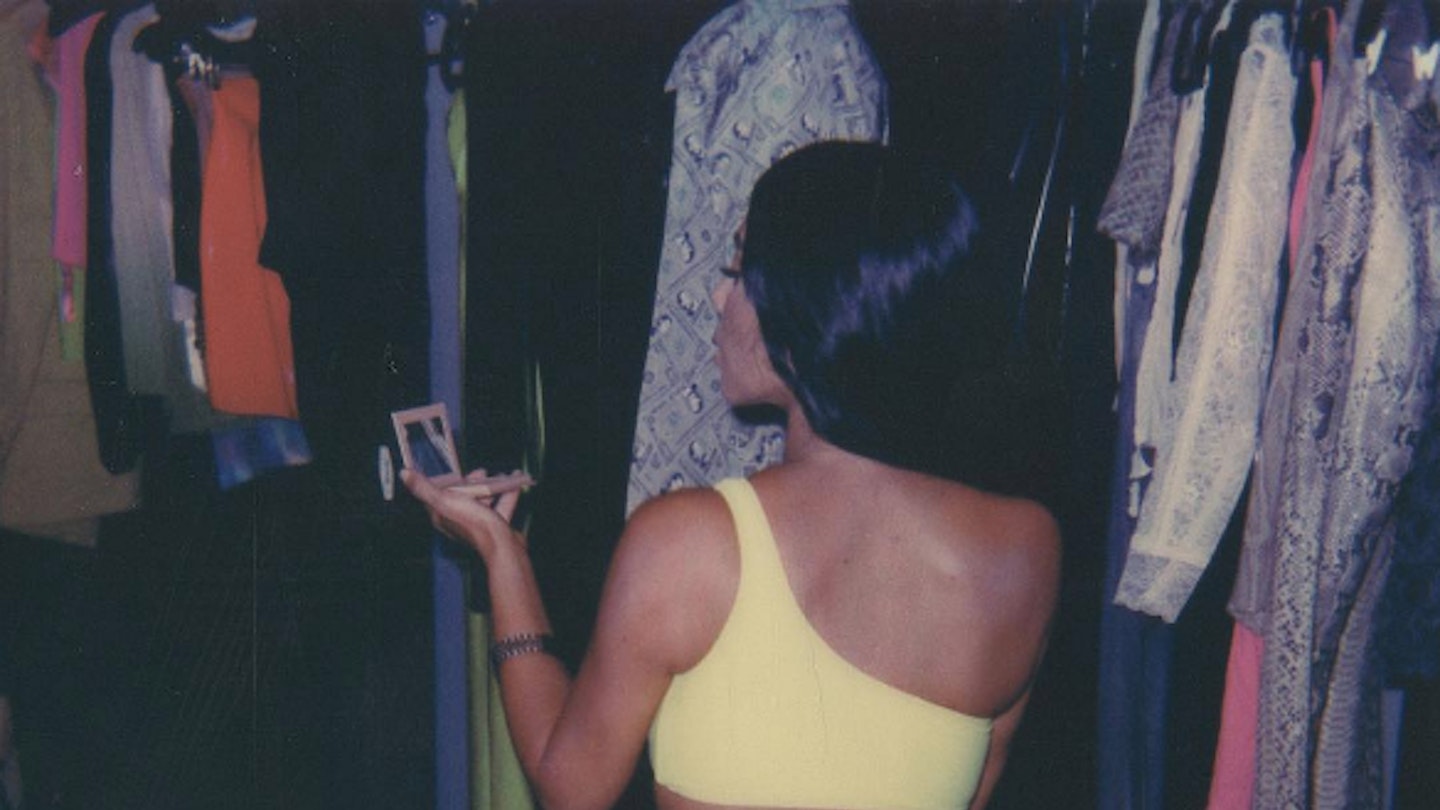Recently, Kim Kardashian West and Kylie Jenner have been trawling Gucci’s archives and unearthing relics from the brand’s Tom Ford-era. The look is body-hugging, sultry and above all sexy, it also could not be further from Gucci in 2018, which is eccentric, eclectic and progressive.
Kim caused a stir when she wore a thong that’s older than her sister Kylie. Stamped with the golden double 'G' synonymous with Ford’s stint as creative director of the fashion house, it recalled when Kylie herself wore an encrusted one-shoulder dress that was debuted in the label’s spring/summer 2000 show some 18 odd years ago.
Love them or hate them, the Kardashians have a lot of sway. Their show’s ratings may be steadily falling but their income and influence is still ascending. By forsaking privacy the family is able to command paychecks (like a $1million for a single appearance or sponsored post) and disrupt the machinations of the beauty industry. Kim Kardashian West alone has an avid audience of 116 million on Instagram and Kylie Jenner is just three mill short of the same feat, which itself is just short of double the population of the UK. Naturally, Time magazine has anointed the youngest, Kylie as one of the 25 most influential people on the internet alongside Kim’s husband Kanye.
Behind the smoke screens of social media, there is a question that always dangles not far out of sight: who influences the influencer? If the brands are paying these spokespeople, surely it’s the brands that have the power. But, if the influencer isn’t interested, how long before the brands bend to create what makes them double-tap?
‘It’s also a bit of a cycle: an influencer might be influenced by a brand but wears and styles something in an interesting way, so the brand picks up on it and gets “influenced” by it for future collections, marketing purposes’, explains WGSN’s senior editor of retail and buying, Sara Magginoi.
So if Alessandro Michele digs through the Gucci archives and repurposes a 90s bodycon dress for SS19 just don’t be surprised.
